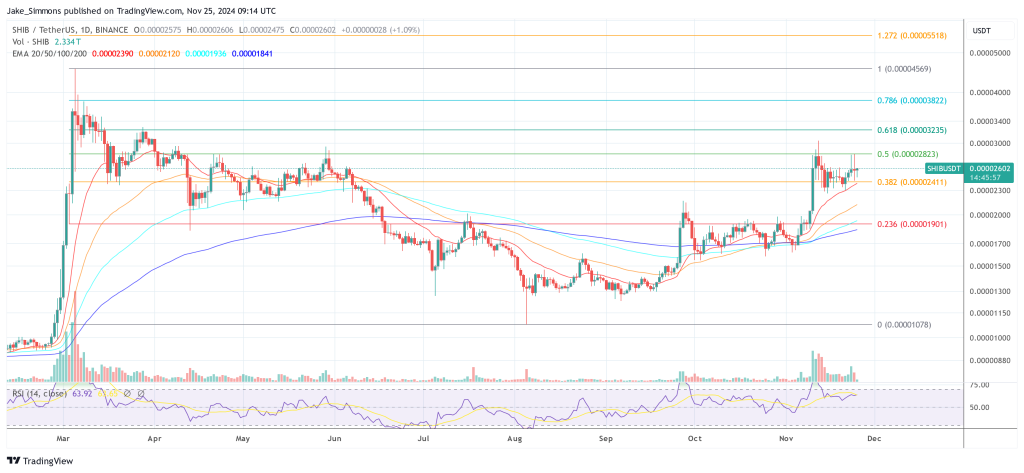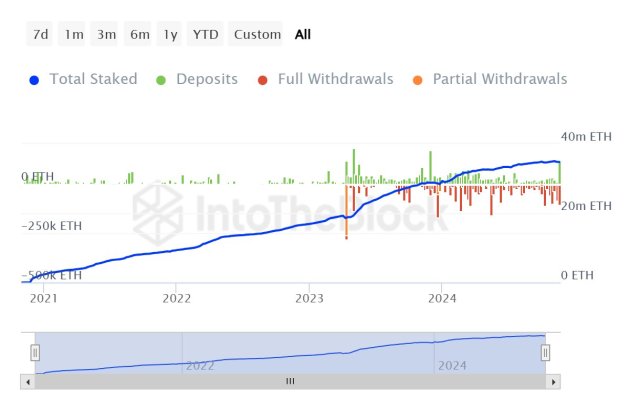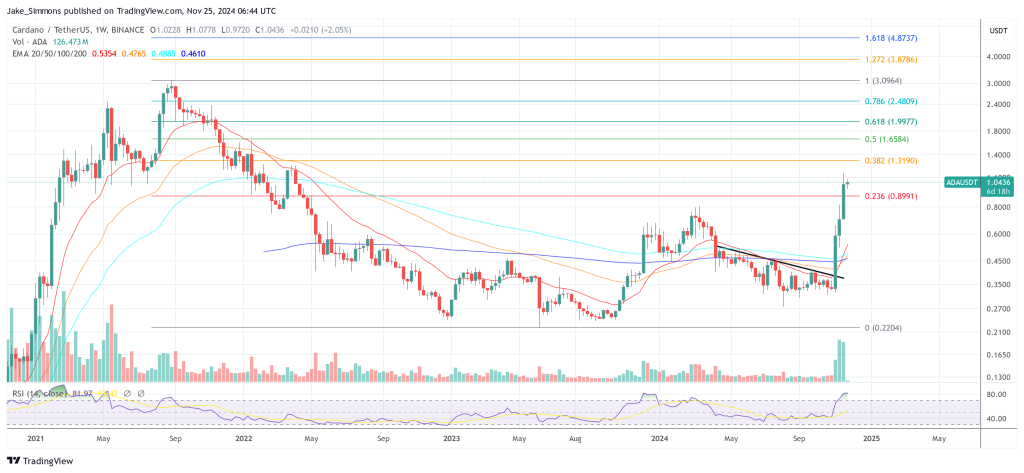As a key advancement in the cryptocurrency industry, stablecoins provide a special value proposition for users and investors looking for stability in the middle of the volatility of standard cryptocurrencies. This article discusses the advantages, use cases, and prospective futures of these digital assets as it examines the emergence of stablecoins and their promise to offer a more stable alternative to conventional crypto.
Stablecoins: An Overview
A type of cryptocurrency known as a stablecoin aims to reduce price volatility by tying its value to other assets like fiat money, commodities, or even other cryptocurrencies. Stablecoins are kept reasonably stable in value by this pegging mechanism, which makes them desirable for use in a variety of financial transactions and as a store of wealth.
Stability in Volatile Markets
Stablecoins' capacity to offer stability in erratic marketplaces is one of its main features. Traditional cryptocurrencies like Bitcoin and Ethereum are prone to large price swings, which may put off customers searching for a dependable form of payment or a secure place to store their money. This problem is addressed with stablecoins, which offer stability on par with conventional fiat currencies and lessen the uncertainty brought on by price volatility.
Financial Transaction Facilitation
By doing away with the need for middlemen and lowering transaction costs and settlement times, stablecoins provide quick and easy cross-border transactions. Stablecoins are a feasible alternative to conventional banking systems because they make use of blockchain technology to facilitate faster, more secure, and transparent transactions. Businesses, people, and even financial institutions aiming to streamline their payment procedures have taken notice of these qualities.
Market Volatility Hedging
Stablecoins protect the crypto ecosystem from market volatility as well. Investors frequently look for a solid asset to safeguard their portfolio against depreciation during periods of high volatility. With the help of stablecoins, it's easy to swiftly turn volatile cryptocurrencies into stable assets, maintaining value and reducing potential losses.
Financial Inclusion Has Increased
In areas with limited access to conventional banking services, stablecoins have the potential to increase financial inclusion. Due to the ease with which remittances, international payments, and access to financial services are made possible by these digital assets, those without bank accounts are now able to participate in the global economy. Stablecoins give people more financial freedom by bridging the gap between established financial institutions and unbanked or underbanked segments of society.
Regulations to Be Considered
Regulators from all over the world are attentively investigating stablecoins' functioning and potential concerns as they become more popular. Regulatory frameworks are being built to ensure effective oversight because of their potential effects on financial stability, money laundering, and consumer protection. To promote stablecoin acceptance and protect user interests and maintain financial integrity, it is essential to strike a balance between innovation and regulation.
Prospects for the Future
Stablecoins' potential future appears bright. Stablecoins are probably going to take on a bigger role as the cryptocurrency market develops and conventional financial institutions start to use digital assets. Stablecoins' utility and potential are further increased by the incorporation of decentralized finance (DeFi) protocols, which enable a wide range of opportunities, including decentralized lending, borrowing, and yield farming.
Can CBDCs and Stablecoins Coexist in the Crypto Universe?
The rise of cryptocurrencies has paved the way for groundbreaking innovations in the world of digital finance. Central bank digital currencies (CBDCs) and stablecoins have emerged as two prominent players in this evolving landscape. While CBDCs, backed by central banks, possess inherent advantages, stablecoins have established their own niche by providing stability and efficiency.
CBDCs: A Game Changer in Digital Finance
Central bank digital currencies represent the digital form of a nation's fiat currency, issued and regulated by the respective central bank. CBDCs leverage the benefits of blockchain technology while maintaining the backing and stability of a sovereign currency. They offer potential advantages, such as instant transactions, increased financial inclusion, reduced costs, and improved monetary policy implementation.
With the introduction of CBDCs, governments gain greater control over the monetary system, ensuring enhanced oversight, combating illicit activities, and promoting financial stability. Moreover, CBDCs can facilitate more efficient cross-border transactions, reducing reliance on intermediaries and lowering transaction costs.
Stablecoins: Stability and Flexibility
On the other hand, stablecoins are cryptocurrencies designed to maintain a stable value by pegging themselves to an underlying asset, such as a fiat currency, a basket of currencies, or commodities. These digital assets aim to address the volatility associated with traditional cryptocurrencies like Bitcoin and Ethereum.
Stablecoins offer numerous benefits, including fast and low-cost transactions, global accessibility, and increased liquidity. They provide a viable alternative for users seeking a stable store of value and a medium of exchange within the crypto ecosystem. Stablecoins also foster innovation by enabling smart contracts and decentralized applications to operate without the price volatility typically associated with other cryptocurrencies.
Coexistence: Finding Their Niche
While CBDCs and stablecoins have overlapping functionalities, they cater to distinct user needs and serve different purposes within the crypto universe. CBDCs primarily focus on the digitization of sovereign currencies, allowing governments to exercise control over monetary policy and regulate financial systems. They serve as a digital representation of national currencies and aim to strengthen existing financial systems rather than replace them.
On the other hand, stablecoins cater to users' demand for stability and flexibility in their transactions. They offer a means of exchange and a store of value that is less volatile than traditional cryptocurrencies. Stablecoins are widely used in decentralized finance (DeFi) applications, global remittances, and cross-border transactions, where speed, efficiency, and stability are critical.
Collaboration and Synergy
Rather than viewing CBDCs and stablecoins as competitors, it is more productive to consider them as complementary elements in the crypto universe. By embracing collaboration, central banks and stablecoin issuers can leverage the strengths of both to create a more efficient and inclusive financial ecosystem as this partnership can promote financial innovation, reduce friction in transactions, and provide users with greater choices and flexibility.
Conclusion
As a crucial part of the cryptocurrency ecosystem that provides stability, swift transactions, and financial inclusion, stablecoins have arisen. Stablecoins are well-positioned to replace existing cryptocurrencies as a more stable option because of their capacity to offer stability in choppy markets and enable frictionless cross-border transactions. However, the future of stablecoins will be significantly shaped by regulatory factors and ongoing advances in the cryptocurrency industry. Stablecoins have the potential to transform financial systems as the market develops, giving more stability and accessibility to the global economy.
This article was written by Finance Magnates Staff at www.financemagnates.com.
You can get bonuses upto $100 FREE BONUS when you:
💰 Install these recommended apps:
💲 SocialGood - 100% Crypto Back on Everyday Shopping
💲 xPortal - The DeFi For The Next Billion
💲 CryptoTab Browser - Lightweight, fast, and ready to mine!
💰 Register on these recommended exchanges:
🟡 Binance🟡 Bitfinex🟡 Bitmart🟡 Bittrex🟡 Bitget
🟡 CoinEx🟡 Crypto.com🟡 Gate.io🟡 Huobi🟡 Kucoin.


















Comments